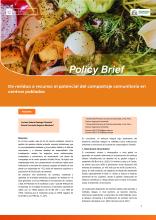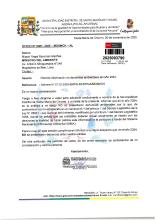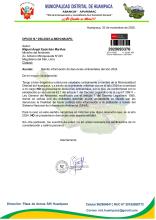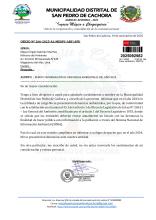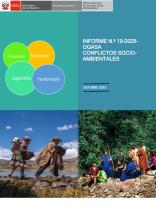The new record of drought and warmth in the Amazon in 2023 related to regional and global climatic features
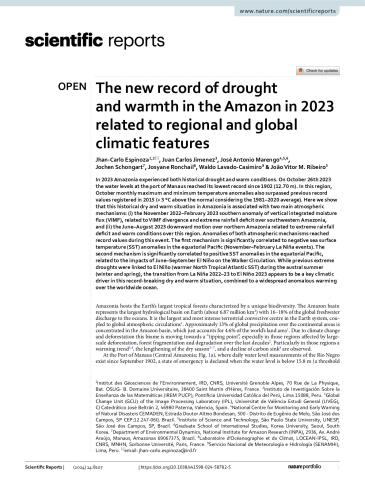
| Fichero | Tamaño | Formato |
|---|---|---|
| The-new-record-drought-warmth-amazon-2023-related-regional-global-climate-features_2024.pdf | 5.98 MB |
In 2023 Amazonia experienced both historical drought and warm conditions. On October 26th 2023 the water levels at the port of Manaus reached its lowest record since 1902 (12.70 m). In this region, October monthly maximum and minimum temperature anomalies also surpassed previous record values registered in 2015 (+ 3 °C above the normal considering the 1981–2020 average). Here we show that this historical dry and warm situation in Amazonia is associated with two main atmospheric mechanisms: (i) the November 2022–February 2023 southern anomaly of vertical integrated moisture flux (VIMF), related to VIMF divergence and extreme rainfall deficit over southwestern Amazonia, and (ii) the June–August 2023 downward motion over northern Amazonia related to extreme rainfall deficit and warm conditions over this region. Anomalies of both atmospheric mechanisms reached record values during this event. The first mechanism is significantly correlated to negative sea surface temperature (SST) anomalies in the equatorial Pacific (November–February La Niña events). The second mechanism is significantly correlated to positive SST anomalies in the equatorial Pacific, related to the impacts of June–September El Niño on the Walker Circulation. While previous extreme droughts were linked to El Niño (warmer North Tropical Atlantic SST) during the austral summer (winter and spring), the transition from La Niña 2022–23 to El Niño 2023 appears to be a key climatic driver in this record-breaking dry and warm situation, combined to a widespread anomalous warming over the worldwide ocean.
|
Tipo de documento
|
|---|
|
Autor de la publicación o recurso
Servicio Nacional de Meteorología e Hidrología - SENAMHI
|
|
Ubigeo INEI
|
|
Fecha de publicación
|
|
Responsable de la publicación del contenido (Editorial)
|
|
Número de Páginas
12
|
|
Idioma
|
|
País de origen de la Publicación o Recurso
|
|
Derechos de acceso
|
|
Repositorio de origen
|



